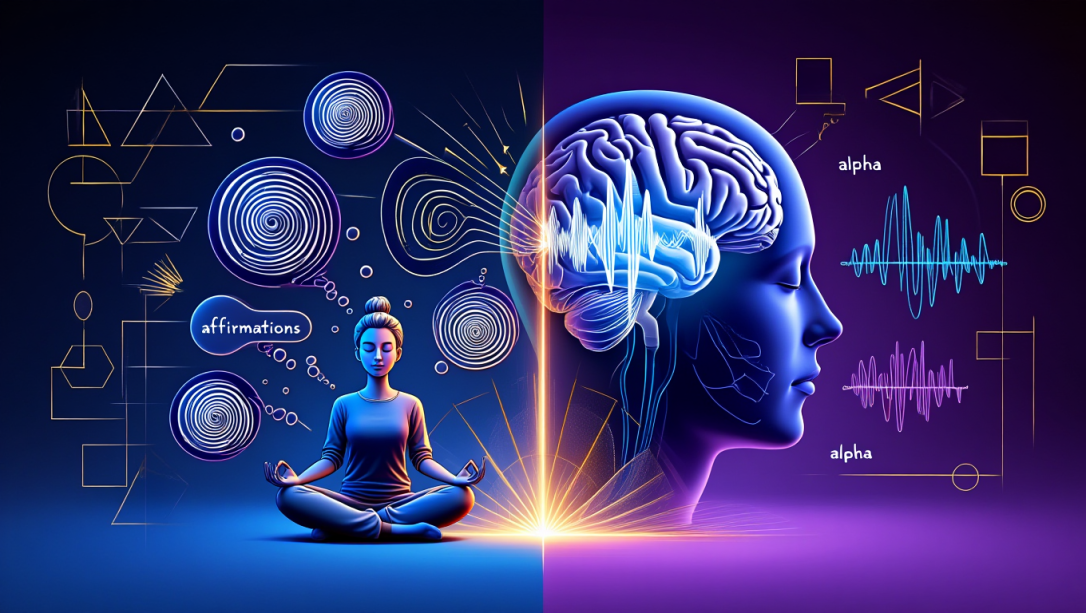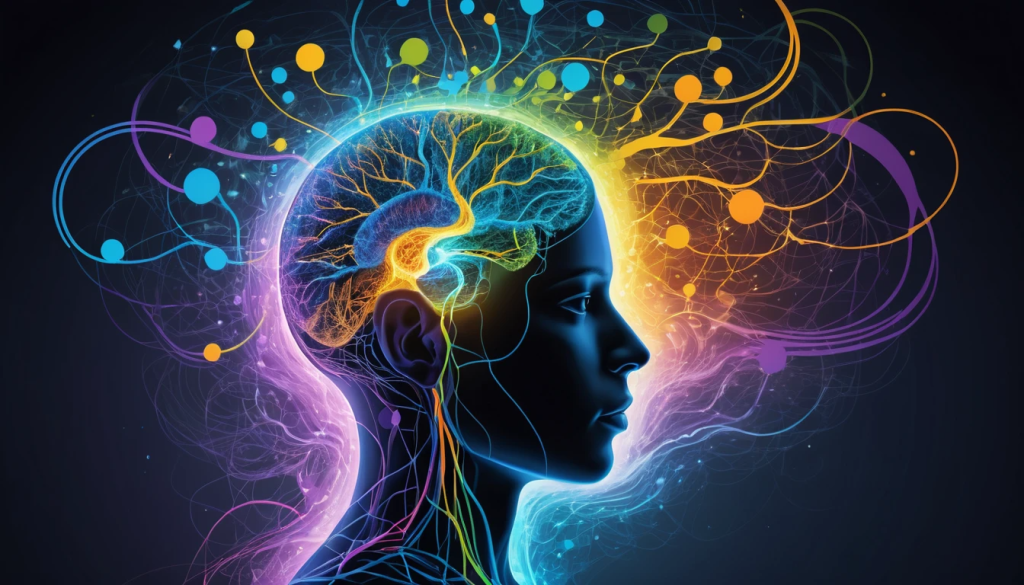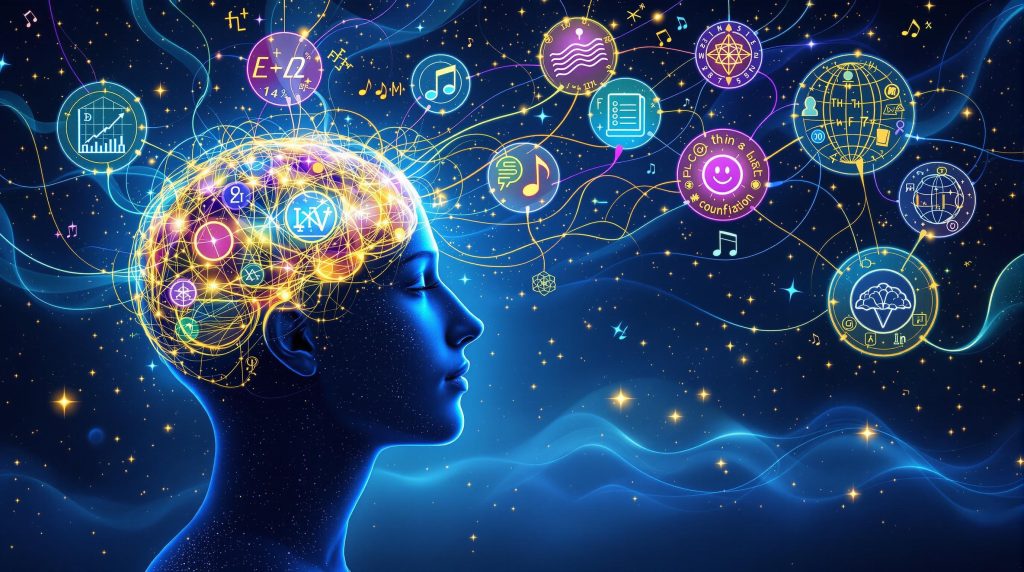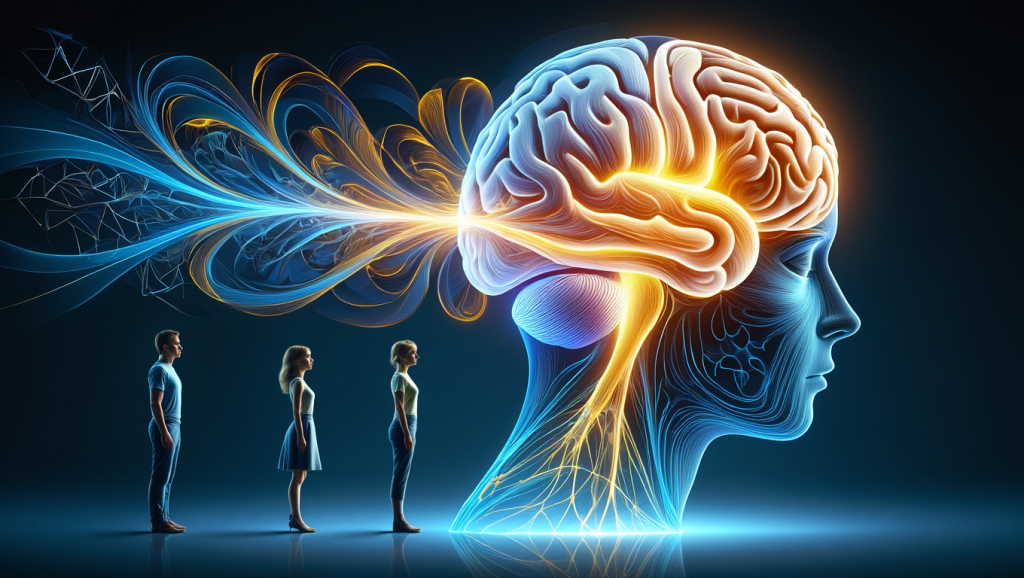In the quest for mental optimization and personal growth, two powerful techniques have gained significant popularity: self-hypnosis and brain entrainment. While both methods aim to influence your mental state and unlock your mind’s potential, they work through different mechanisms and offer unique benefits. This comprehensive guide explores both techniques, their similarities, differences, and how combining them can create a synergistic effect for profound personal transformation.
Understanding Self-Hypnosis
Self-hypnosis is a self-guided process that induces a naturally altered state of consciousness characterized by heightened focus and suggestibility. During this state, your conscious mind becomes less dominant, allowing deeper access to your subconscious mind—where beliefs, habits, and automatic responses reside.
Key characteristics of self-hypnosis:
- Conscious Participation: Unlike clinical hypnosis, you remain in control throughout the process
- Focused Attention: Utilizes concentration techniques to narrow your awareness
- Verbal Suggestions: Uses affirmations and positive statements to reprogram subconscious patterns
- Visualization: Employs mental imagery to create new neural pathways
- Relaxation Response: Typically involves physical and mental relaxation
Understanding Brain Entrainment
Brain entrainment, also known as brainwave entrainment, is a science-based method that uses external stimuli—most commonly rhythmic sounds—to influence your brainwave patterns. This process works through a natural phenomenon called the “frequency following response,” where your brain synchronizes with external rhythmic stimuli.
Key characteristics of brain entrainment:
- External Stimulation: Uses auditory, visual, or tactile rhythmic signals
- Specific Frequency Targeting: Tailored to induce specific brainwave states (Delta, Theta, Alpha, Beta, Gamma)
- Automated Process: Requires minimal conscious effort beyond listening or watching
- Measurable Effects: Changes can be observed on EEG readings
- Various Technologies: Includes isochronic tones, binaural beats, monaural beats, and light/sound machines
The Key Differences
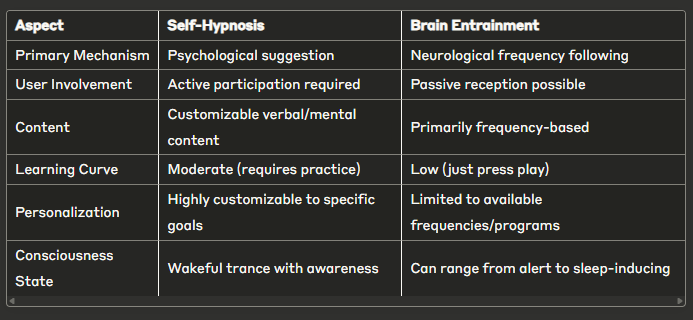
Similarities Between the Approaches
Despite their differences, self-hypnosis and brain entrainment share important similarities:
- Altered States: Both techniques facilitate access to non-ordinary states of consciousness
- Relaxation Induction: Both typically begin with relaxation as a gateway
- Neuroplasticity: Both leverage the brain’s ability to change and adapt
- Goal-Oriented: Both can be directed toward specific outcomes like stress reduction or habit change
- Complementary to Traditional Approaches: Both work well alongside conventional therapies and practices
The Powerful Synergy: Combining Self-Hypnosis and Brain Entrainment
When used together, these techniques create a powerful synergistic effect that can dramatically enhance your results. Here’s how they complement each other:
Brain Entrainment as a Gateway to Self-Hypnosis
One of the challenges beginners face with self-hypnosis is achieving the initial state of relaxed focus. Brain entrainment solves this problem by:
- Quickly inducing theta or alpha brainwave states that are ideal for hypnotic work
- Creating a consistent mental environment for your practice
- Reducing the time needed to reach an effective trance state
- Helping overcome mental chatter and resistance
Self-Hypnosis Providing Direction to Brain Entrainment
While brain entrainment effectively changes your state, self-hypnosis provides the content and direction:
- Adding specific suggestions while in the receptive state induced by entrainment
- Focusing your intention on particular outcomes
- Creating personalized mental imagery that resonates with your goals
- Engaging your conscious participation in the transformation process
How to Effectively Combine These Techniques
Method 1: The Sequential Approach
- Begin with 5-10 minutes of brain entrainment using theta or alpha frequencies
- Once you feel sufficiently relaxed and receptive, transition to self-hypnosis techniques
- Conclude with another 5 minutes of pure entrainment to integrate the work
Method 2: The Simultaneous Approach
- Select brain entrainment audio designed for hypnotic work (typically featuring theta waves)
- Create or select a self-hypnosis script addressing your specific goal
- Practice your self-hypnosis while the entrainment audio plays in the background
- Allow the rhythm to deepen your trance as you work with your suggestions
Method 3: The Embedded Approach
The most sophisticated approach involves custom recordings where:
- Self-hypnosis suggestions are embedded within specifically designed entrainment audio
- The verbal content is timed to align with optimal brainwave states
- Background frequencies shift according to the psychological content being delivered
Common Applications for the Combined Approach
The synergistic use of self-hypnosis and brain entrainment shows remarkable effectiveness for:
- Accelerated Learning: Enhancing information retention and skill acquisition
- Habit Transformation: Breaking unwanted habits and establishing beneficial ones
- Emotional Healing: Processing and releasing trauma and negative emotions
- Creative Enhancement: Accessing flow states and boosting creative problem-solving
- Performance Optimization: Improving athletic, artistic, or professional performance
- Stress Management: Developing resilience and calm under pressure
- Sleep Improvement: Addressing insomnia and enhancing sleep quality
Getting Started with the Combined Approach
If you’re new to both techniques, here’s a simple way to begin:
- Start with standalone brain entrainment: Become familiar with how different frequencies affect you
- Learn basic self-hypnosis: Practice simple induction techniques without entrainment
- Gradually combine the approaches: Once comfortable with both, begin using them together
- Track your results: Keep a journal of your experiences and outcomes
- Refine your approach: Adjust your practice based on what works best for you
Conclusion
Self-hypnosis and brain entrainment represent two powerful pathways to mind optimization that work through different but complementary mechanisms. While self-hypnosis harnesses the power of focused attention and suggestion, brain entrainment utilizes the brain’s natural tendency to synchronize with external rhythms.
When combined thoughtfully, these techniques create a synergistic effect greater than either approach alone—providing both the ideal state for transformation and the specific content to guide that change. Whether you’re seeking personal growth, performance enhancement, or emotional wellbeing, this powerful combination offers a scientifically-grounded approach to unlocking your mind’s remarkable potential.
Ready to experience this powerful combination for yourself? Explore our recommended resources and guided sessions at PeterMican.com to begin your journey toward enhanced mental mastery.
Disclaimer: While self-hypnosis and brain entrainment are generally safe for most individuals, those with neurological conditions such as epilepsy should consult a healthcare provider before using brain entrainment technologies. These techniques are complementary approaches and not intended to replace professional medical or psychological treatment.

